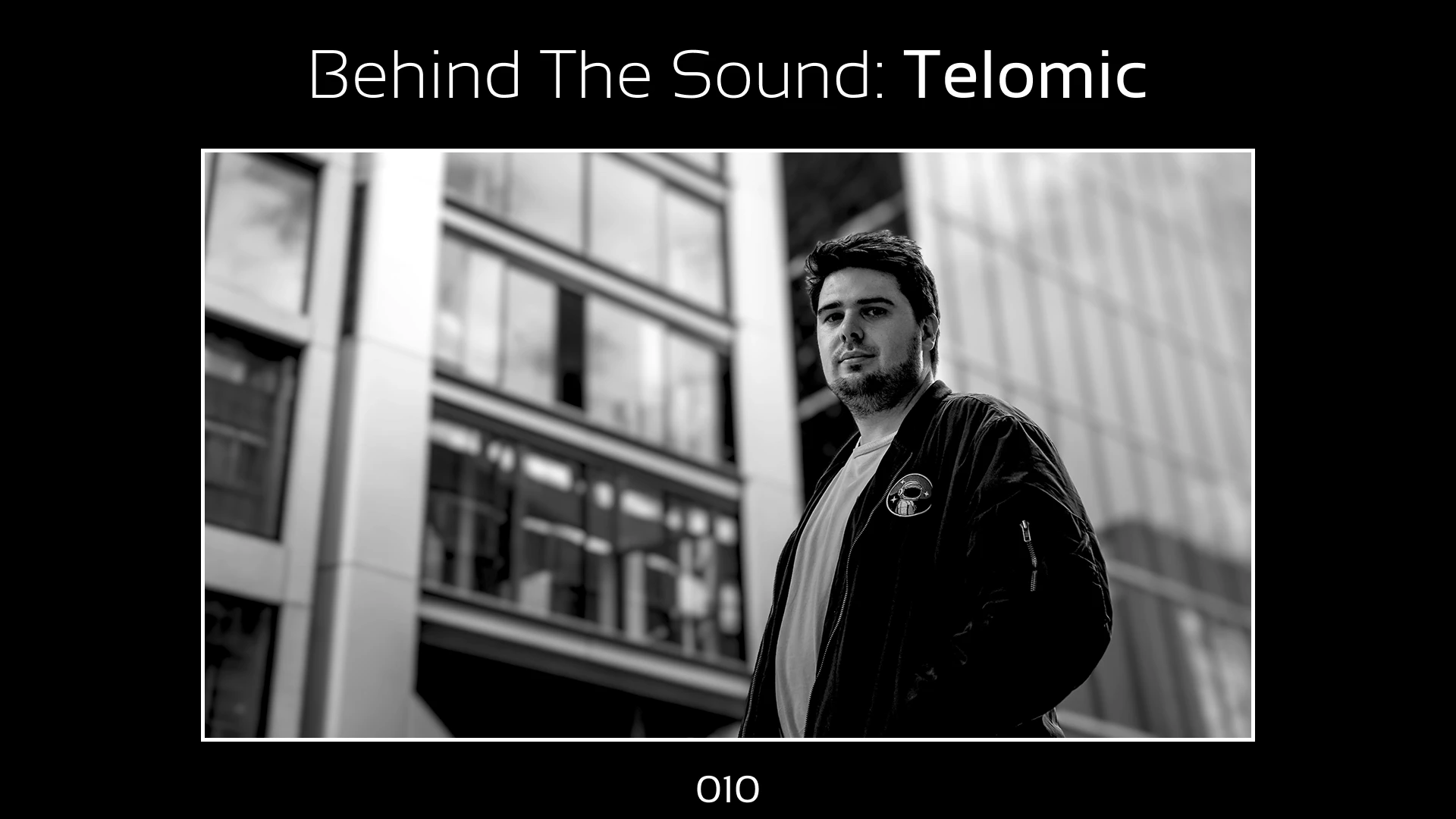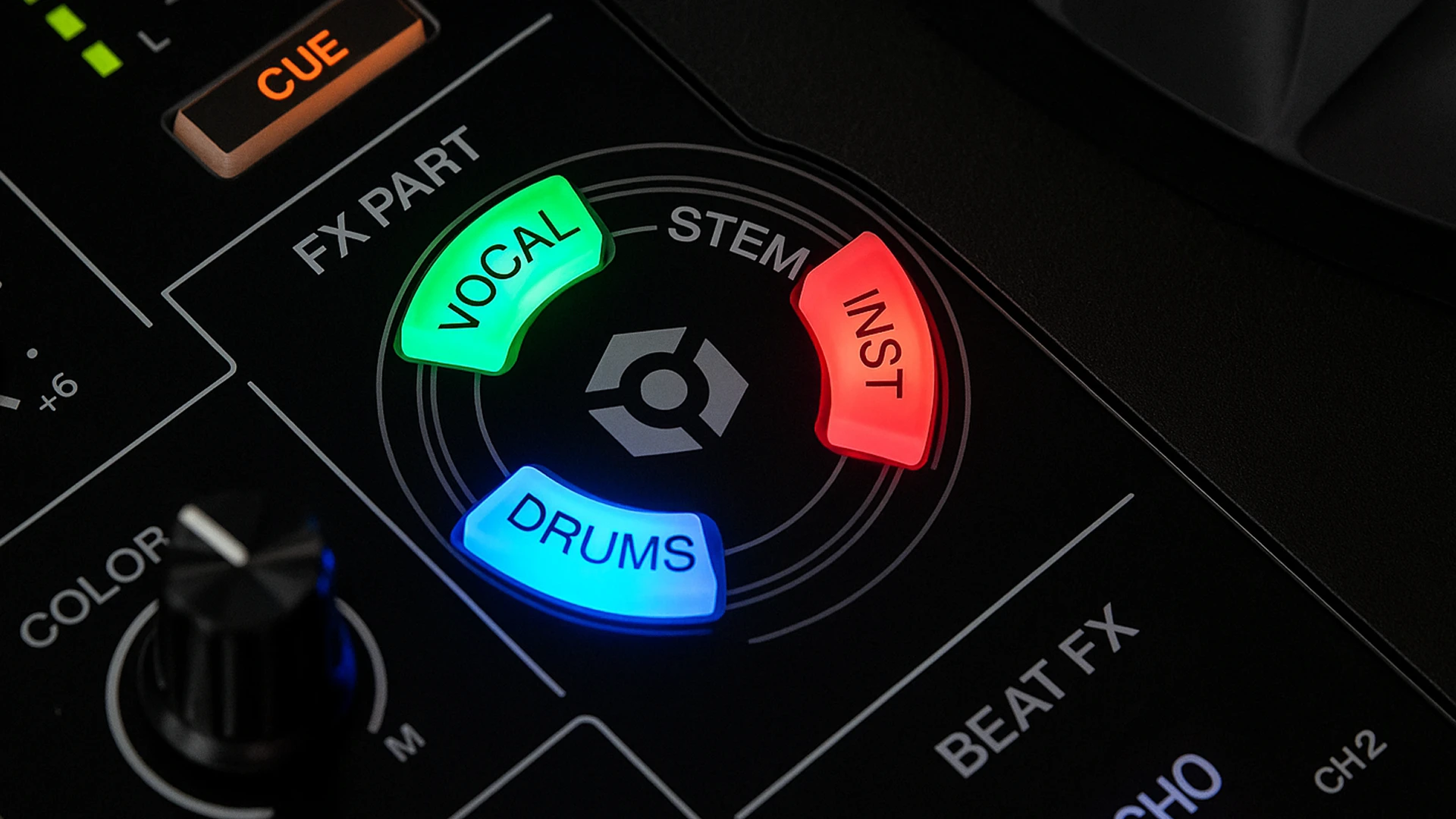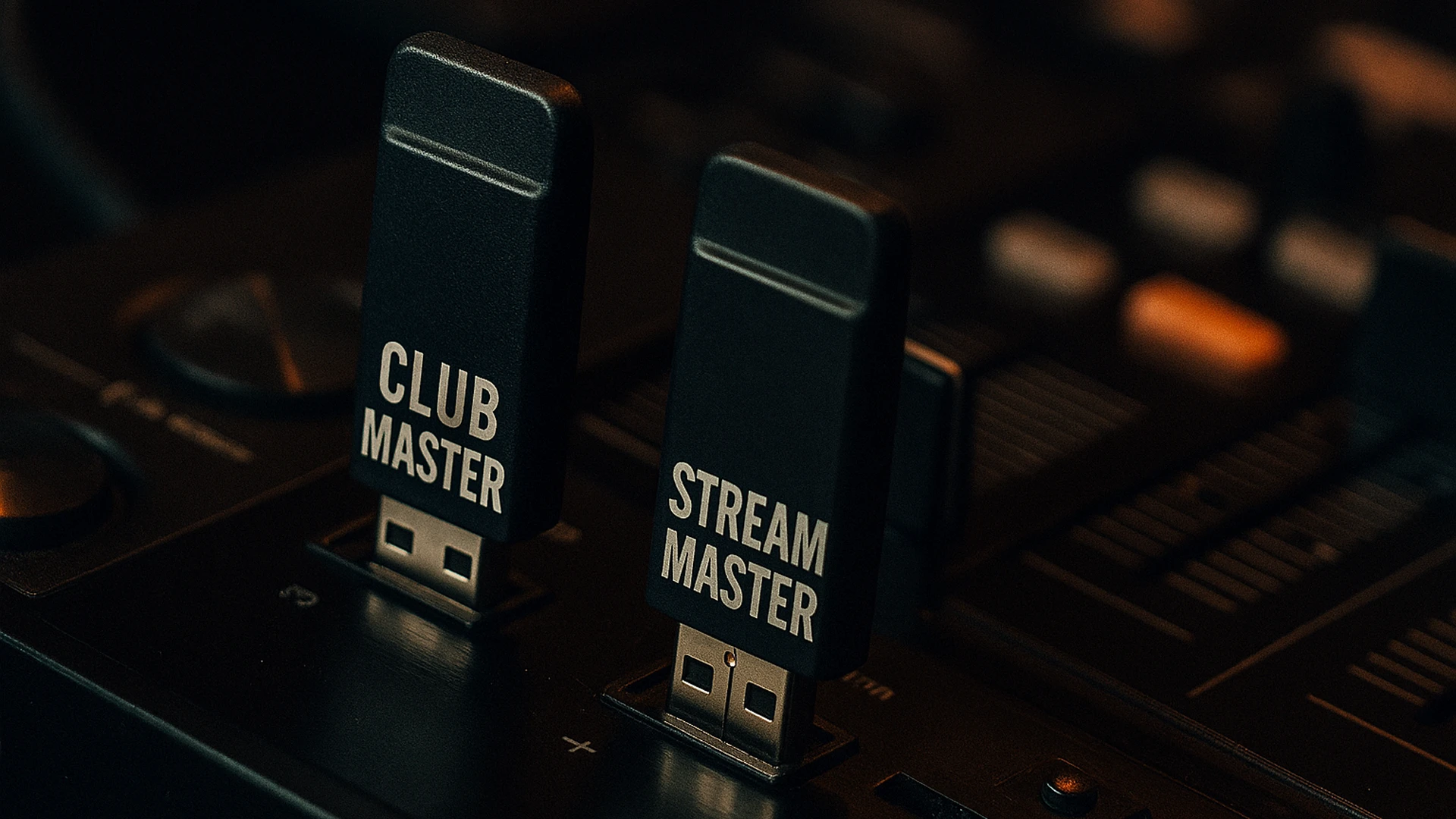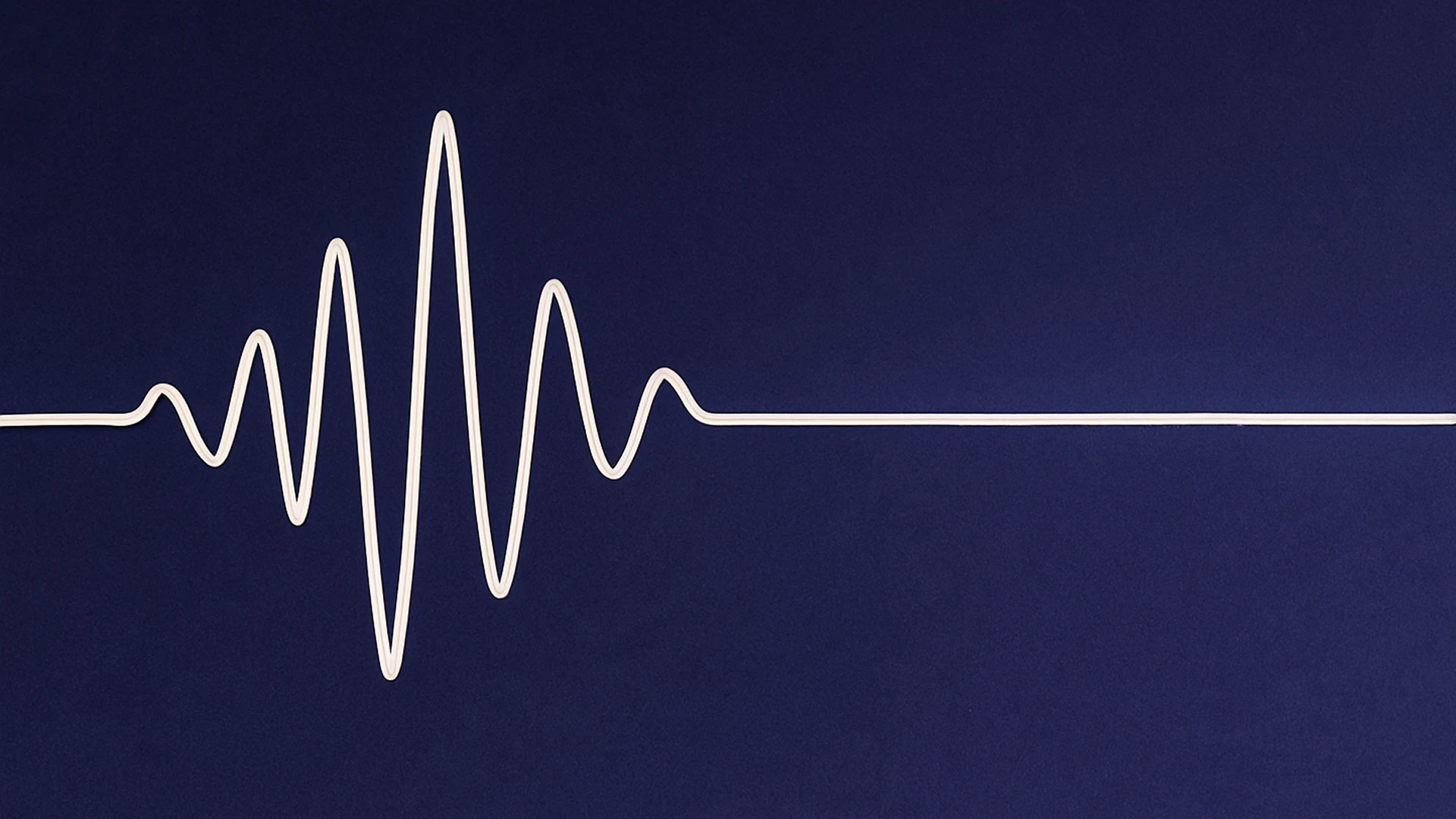A Guide to Sampling in 2025–2026
Discover how sampling is evolving in 2025–2026, from AI stem separation and granular synthesis to legal challenges and ethical questions. A deep dive into the future of sound manipulation in electronic music.
5 minutes read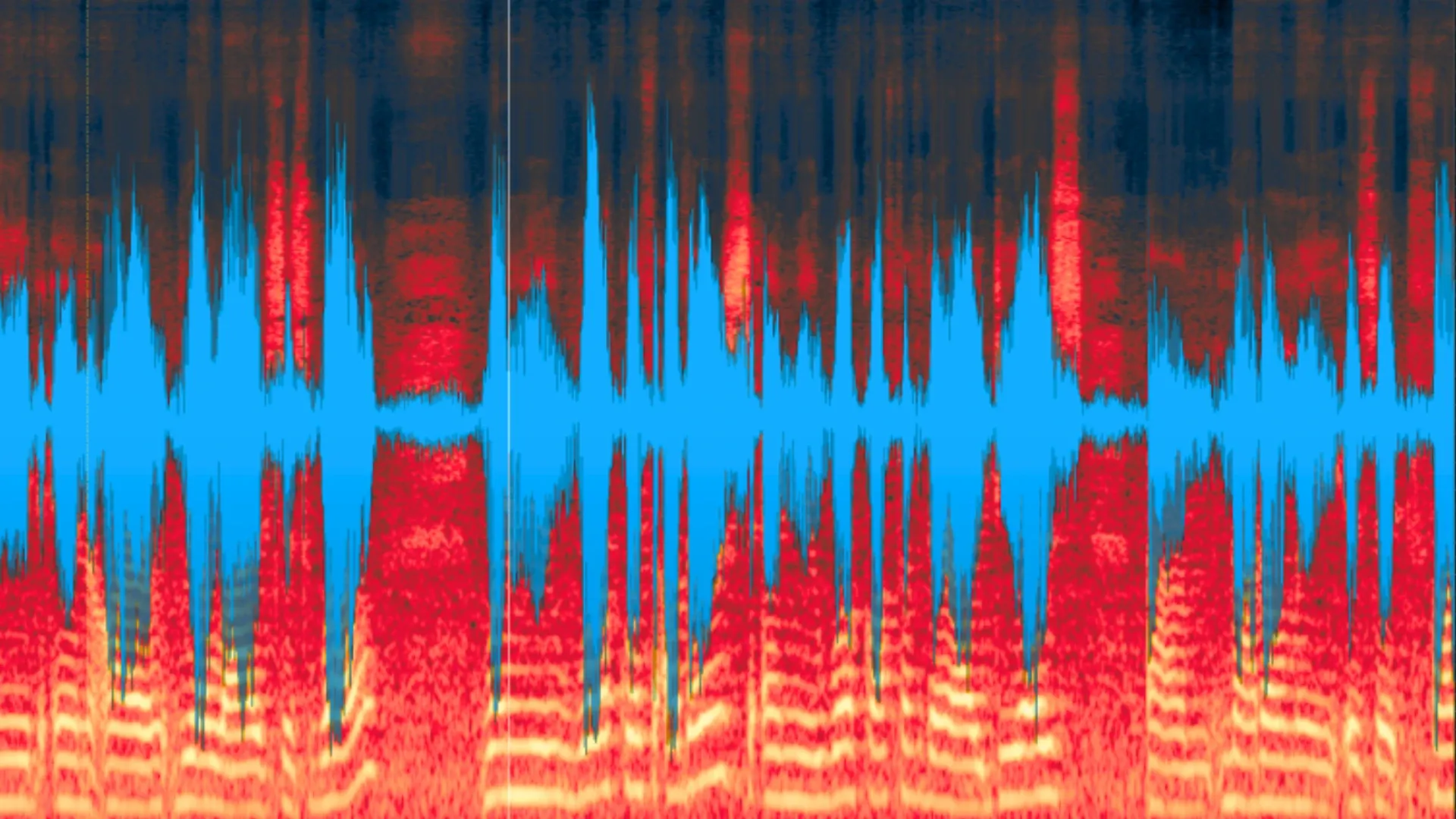
Sampling has always been one of the cornerstones of electronic, hip-hop, and dance music. From the first hip-hop DJs looping James Brown drum breaks to Daft Punk turning Chic into futuristic disco, to producers today flipping obscure vinyl and field recordings into fan-favourite tracks, sampling is both an art and a constantly shifting technological practice. In 2025, it has never been easier to sample, but also never more complex; both creatively and legally. This guide takes a deep dive into where sampling is at right now, and where it might be heading.
The Creative Side of Sampling
At its essence, sampling is about recontextualisation, transforming sound from one context into another. While looping breakbeats and vocal hooks will always have their place, today’s producers are exploring new possibilities:
AI-assisted stem separation: Tools like LALAL.ai, iZotopeRX, and RipX can isolate vocals, drums, or instruments from almost any recording. This allows producers to dig into old catalogues with surgical precision, remixing only the bassline or stripping out a vocal to reimagine it.
Granular synthesis and spectral editing: Beyond loops, granular samplers break sounds into microscopic grains. This lets producers stretch, scatter, and morph samples into pads, drones, or rhythmic textures that bear little resemblance to the source.
Hybrid samplers: Hardware like the Elektron Octatrack MKII, MPC Live II, and Roland SP-404MKII now integrate with DAWs, cloud libraries, and touchscreens, merging old-school sampling culture with modern production flexibility.
Live resampling in performance: More DJs are sampling their own sets in real-time; capturing a crowd vocal, mangling it on the spot, and dropping it back into the mix.
In this sense, sampling today is less about repetition and more about transformation. The most exciting work in 2026 won't just quote the past, it will reshape it into something unrecognisable.
The Legal Landscape: Clearance, Challenges, and New Tools
If the creative side of sampling feels limitless, the legal side is anything but. Copyright law around samples continues to tighten, but technology is creating new ways forward.
Clearance is still essential: Any recognisable portion of a copyrighted recording must be cleared for legal release. Even a two-second snippet can trigger takedowns on platforms like YouTube and Spotify.
Sample-clearance platforms: Sites like Tracklib, Splice, and Loopcloud are now major parts of the ecosystem, giving producers pre-cleared loops and stems. Tracklib even offers access to actual label catalogues, making it possible to license a Curtis Mayfield sample for a few hundred dollars instead of thousands.
AI-generated sounds: The grey area: if an AI generates a voice in the style of a famous singer, does it count as a sample? Lawsuits in 2024–2025 over AI-generated Drake and The Weeknd “deepfake” songs are still shaping how courts treat imitation versus direct sampling.
Blockchain-based licensing: Startups are embedding rights metadata into audio files themselves, tracked via smart contracts. In theory, this could automate royalty splits when a sample is used, but adoption remains limited.
Producers working today need to think not only about creative freedom, but about risk management; balancing experimentation with the realities of distribution.
Techniques Every Modern Producer Should Master
Sampling in 2025 is as much about technical skill as it is about imagination. Here are key techniques:
Chopping and rearranging: Instead of looping, slice samples into fragments and rebuild them into entirely new rhythms. J Dilla’s off-grid swing and Burial’s vocal cut-ups remain gold standards.
Pitch-shifting and time-stretching: Modern DAWs like Ableton, Logic, and FL Studio use high-quality algorithms that preserve transients while radically shifting pitch and tempo. This allows a gospel choir to become an ambient pad, or a jazz solo to become a house hook.
Layering with synthesis: Combining a sampled sound with a synthesised version of itself creates hybrid textures. For example, layering a chopped vocal with a vocoder line adds depth.
Resampling workflows: Bounce your processed sample, then re-import it for further manipulation. This recursive loop generates unpredictable textures.
Field recording as sampling: Portable recorders and even smartphones give access to the world as raw material: footsteps, doors slamming, birdsong, traffic, these all become personal, unrepeatable samples.
Obscuring sources: Many producers deliberately disguise samples through filters, reverb, distortion, or reversing, making them nearly untraceable.
Ethical Considerations in Sampling
While legality is one side of the story, ethics is another. Sampling has always raised questions about credit, ownership, and cultural respect.
Respecting origins: Sampling music from marginalised cultures without acknowledgement risks cultural appropriation. More producers are now crediting, collaborating with, or financially supporting original communities.
Transparency: Some artists are openly sharing their sample sources as part of their storytelling, reinforcing the idea of sampling as dialogue rather than theft.
Honoring versus exploiting: Does the sample elevate the original, or reduce it to a novelty? Producers are increasingly reflecting on the intent behind their choices.
In 2025, audiences are more aware of these dynamics, and transparency often builds stronger connections with listeners.
Case Studies: Sampling Then and Now
Then: The Amen Break: This 6-second drum loop from The Winstons (1969) became the backbone of jungle and drum & bass. Its widespread, unpaid use sparked debates about compensation and fairness.
Now: Burial, and SOPHIE: Burial manipulates micro-vocal fragments into ghostly atmospheres, while SOPHIE treated everyday sounds as samples, pushing the idea of what counts as music.
Emerging Artists: Platforms like Bandcamp have highlighted bedroom producers from Nigeria, Brazil, and South Asia who blend local field recordings with club-ready beats, re-centering global voices in sampling culture.
The Future of Sampling
Looking ahead, several trends seem likely:
AI as co-creator: Instead of just cutting and looping, producers will collaborate with AI models trained on vast sound libraries to generate infinite sample variations.
Personalised sample packs: With machine learning, artists may soon upload their own library and get AI-generated samples that sound like them, but entirely new.
Global collaboration: As internet bandwidth and tools improve, more cross-border sampling projects will emerge, where a street recording in Lagos ends up as the backbone of a Berlin techno track within hours.
Automated royalties: Blockchain and smart contracts may finally make fair payment for sampled artists standard, reducing the exploitative history of the practice.
Key Takeaway
Sampling in 2025 is more powerful than ever: a blend of history, technology, law, and culture. The producers who thrive will be those who not only master the technical tricks but also engage with the ethical and legal responsibilities of borrowing sound. Sampling isn’t dying; it’s evolving, becoming more transformative, global, and forward-looking. For the next generation, every sound is potential music, but it’s how you use it that counts.
